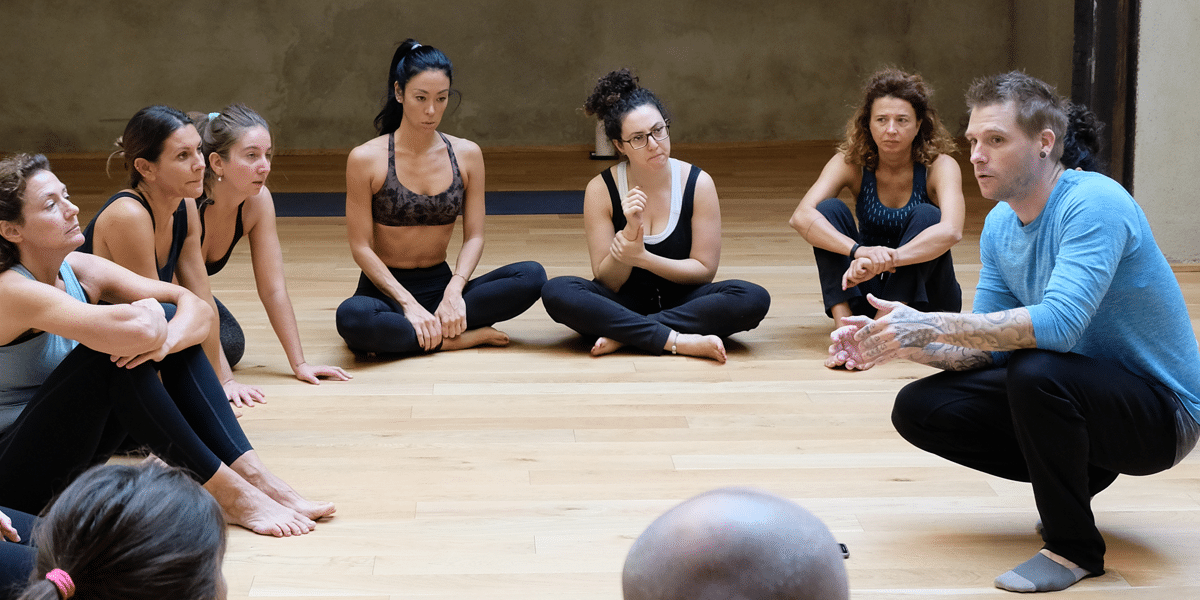Kyle Weiger
Share This
Scheduling your workouts, handstand or otherwise, is key to improvement. Use this short blog as a guide to building better habits through consistent work and dedication.
- Determine your goals: The first step in scheduling your workouts is to know what you want to achieve. Do you want to lose weight, build muscle, improve your endurance, or something else? Having clear goals will help you decide how often to exercise and what types of workouts to include in your schedule.
- Assess your current fitness level: Before you start scheduling your workouts, it’s important to have a good understanding of your current fitness level. This will help you determine how much time and intensity you can handle in your workouts.
- Consider your schedule and lifestyle: Think about the other commitments you have in your life, such as work, school, and family obligations. Schedule your workouts around these commitments so that you can find a balance that works for you. It’s also a good idea to consider your energy levels and when you feel most motivated to exercise.
- Make a plan: Once you’ve determined your goals, assessed your fitness level, and considered your schedule and lifestyle, it’s time to start planning your workouts. Decide how many days per week you want to exercise and which days work best for you. Then, choose the types of workouts you want to do and when you will do them.
- Be flexible: It’s important to be flexible with your workout schedule. Life happens, and sometimes you may need to adjust your workouts to accommodate unexpected events. Don’t get discouraged if you need to make changes to your schedule – just do your best to fit in your workouts when you can.
- Keep track of your progress: As you stick to your workout schedule, it’s helpful to keep track of your progress. This can help you stay motivated and see the progress you’re making towards your fitness goals. You can use a workout journal, a fitness app, or simply make note of your workouts in a calendar.
By following these steps, you can create a workout schedule that works for you and helps you reach your fitness goals. Remember to be consistent and stay motivated, and you’ll be on your way to a healthier, more active lifestyle.


